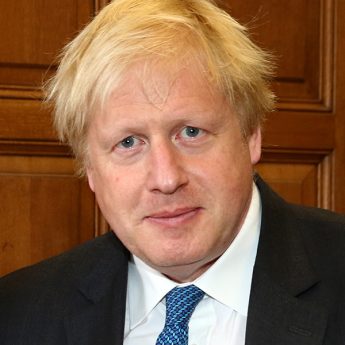Business trip to India—a saint, quakes, people and trains
In March I visited Goa, in western India, for a biannual global partners’ meeting of Glasford International, a partnership of independent, retained executive search firms with offices in some 40 countries, and represented in Japan by TMT Inc.
I had driven across northern India in 1970 and 1986, but this was my first visit to the western Indian state of Goa, which was a Portuguese territory for some 450 years, until it was annexed by India in 1961.
As a visitor from the ageing nation of Japan, I was struck by the large numbers of young people wherever I went in India, where more than half the population is aged under 25, and over 65% under 35. By 2020, the average age of the 1.21bn people in India, the world’s second most populous country, is expected to be 29; that of the people in Japan, 48.
But back to Goa. With Easter approaching, I noted a large Christian presence, and was pleased to have the opportunity to see the coffin of St Francis Xavier (1506–1552), who also spent some time in Japan. Indeed, about 30% of the population of Goa—which has India’s richest per capita income at two and a half times the national average—is Roman Catholic, and on the dashboards of most taxi cabs one can see little statutes of Mary and Jesus, wearing Indian garb and standing on soft rugs. There are huge cathedrals in Old Goa and, every kilometre or two, tiny churches lit up as if for Christmas.
The Glasford International meeting was held at the beautiful Zuri White Sands Hotel complex, where cows greeted us as we crossed the bridge over the marshland bordering the wide white beach.
It is said that, about 12,000 years ago, most of western India’s coastal areas, including Goa, were under the sea. Then everything changed, perhaps as a result of a massive tectonic-plate temblor, with a lurch that would make last year’s Great East Japan Earthquake pale by comparison.
I also spent two nights in India’s capital city, staying at the Lalit New Delhi Hotel in Connaught Place, named after the duke of Connaught and built between 1929 and 1933. One would hope that the banks, restaurants, shops, markets and other structures in the place were built to last but, as one Glasford Delhi partner commented, “Earthquake proof? Even our newer buildings can fall from the vibrations of constructing next door”.
While in Delhi, I walked 11 hours non stop, covering about 40km and traversing gorgeous neighbourhoods, tarpaulin shanty towns in public parks, and jam-packed streets wending through the bazaars of Old Delhi.
I crossed railway lines between stations twice and was not alone. From a bridge above one station, I noticed that trains do not usually stop at the platform, and that people often walk across the railway lines to board, or after disembarking from, trains as the conveyances crawl along slowly. One train I noticed was about four times longer than any I have seen in Japan.
I walked along lanes and saw babies sleeping beside sheep and chickens. Except at tourist landmarks, such as the Red Fort or the Indian Gate, I saw no foreigners until I found the main bazaar. In the smaller bazaars and streets, many people were carrying huge loads of goods on their heads, alongside human-powered rickshaws, small bicycle wagons and large wagons pulled by oxen, horses or donkeys. There was also a train of four elephants on the main highway from the airport to the hotel, a sight that a hotel waiter confirmed was unusual.
Although India is a nation of mostly young people, that may change one day. A number of well-informed Indians with whom I spoke expressed their intention to have no more than one or two children. They told me that the brakes will be applied to India’s population growth by means of education and as the middle class expands. But it will be some time before India finds that the ageing of its population is weakening society, as is the case in Japan.





